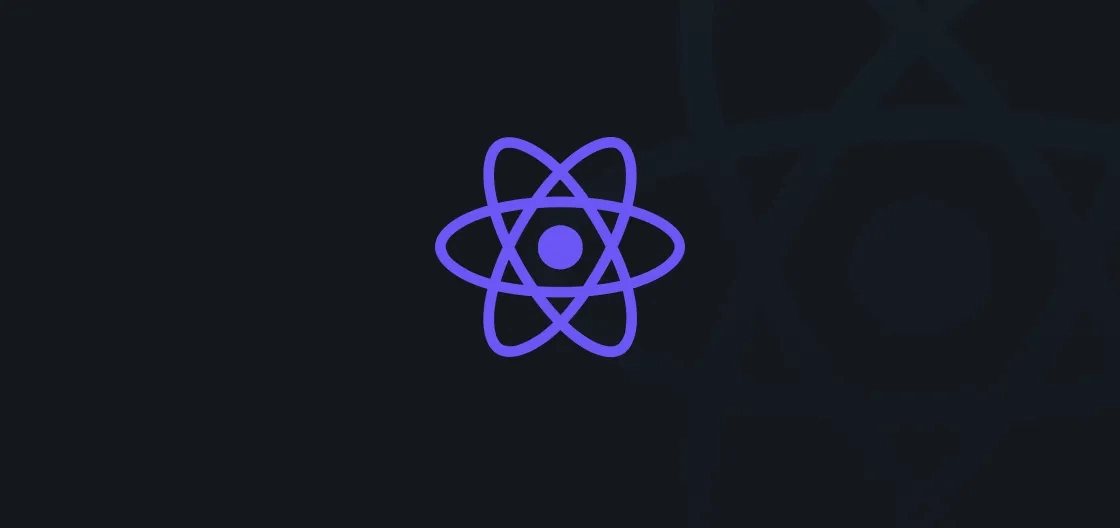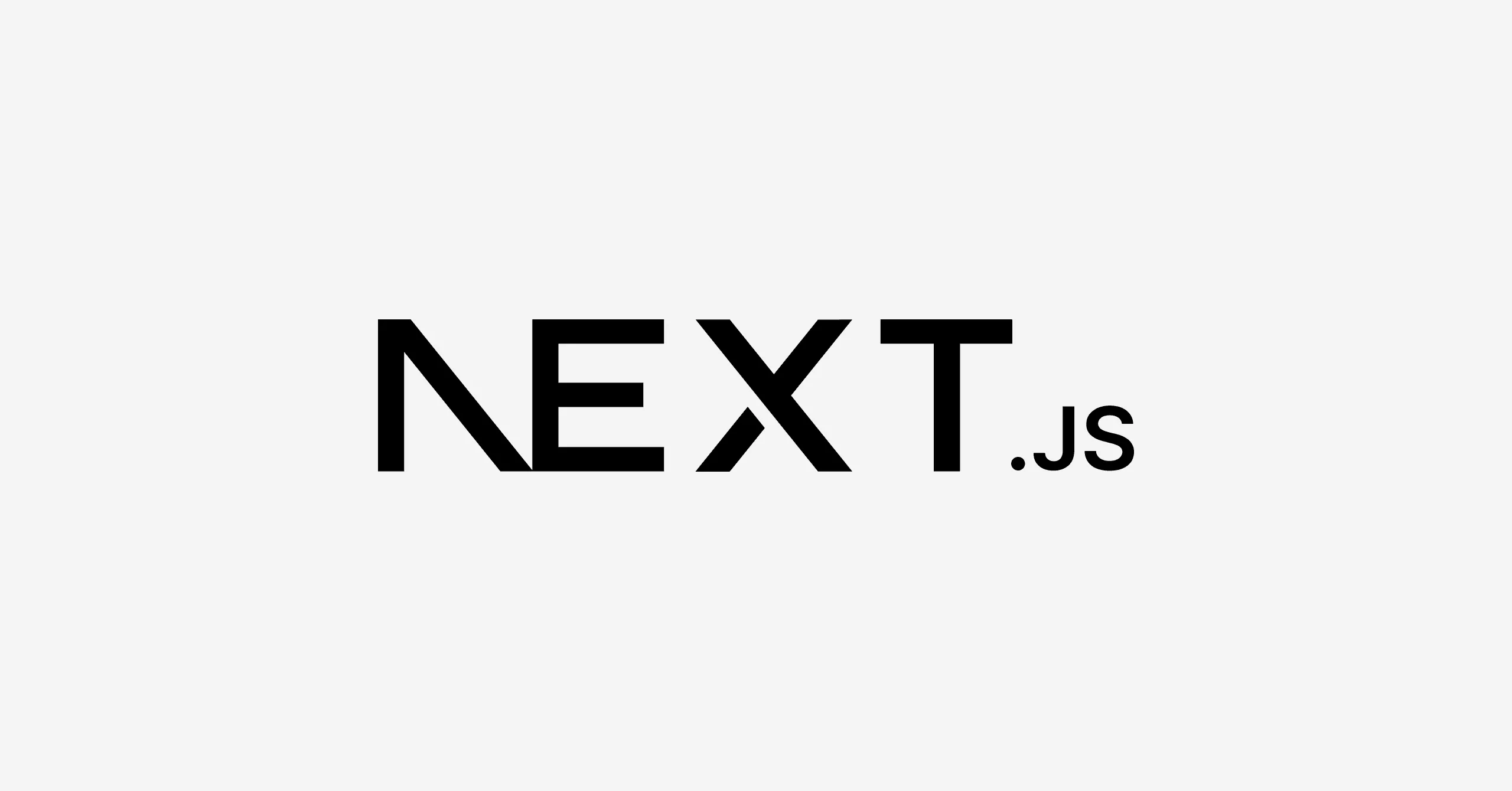Top Best Frameworks in 2024 - Which Framework to Choose?
Table of contents
Today developers have access to a lot of technical possibilities to create high quality mobile and web applications. Among all existing frameworks, we would like to highlight the most popular platforms that combine wide functionality, fast development, high quality development and large professional communities. Here are the TOP of the best frameworks in 2024 according to the KitApp team.
React Native

The React Native open source framework Meta (Facebook) is widely used for application development in 2024. The platform was created in 2015 and today occupies a significant share of the mobile development market in Ukraine and the world, has a large number of developers and is developing at a powerful pace. It is based on the React library, uses the JavaScript programming language, supports Android, iOS, MacOS, Windows, Web. React Native is used to create mobile cross-platform applications with a single code for both Android and iOS operating systems. It provides savings in development and technical support while maintaining functionality similar to native apps.
React Native is a universal platform for developing applications for social networks, messengers, e-commerce platforms, dashboards, blueprints, CRM systems. This framework has been used to build applications for global giants such as Facebook, Pinterest, Airbnb, Instagram, Tesla, Shopify, Coinbase, Uber Eats and others. The flexibility and wide adaptability of React Native libraries allow you to solve problems of increasing complexity and realize mobile development projects that meet today’s requirements and realize technical innovations in 2024.
An objective advantage of React Native is the ability to use ready-made components that can be repeated in different sections of the project – this speeds up the development process. The framework is constantly evolving and expanding, so new versions are always compatible with previous ones. The clean architecture allows you to find bugs quickly and spend less time on quality control and testing. The performance of mobile products is enhanced by access to native modules and the ability to implement them in cross-platform development. There is a hot reload feature that significantly speeds up the process of creating and updating applications.
A React Native mobile application is developed simultaneously for two operating systems – Android and iOS – which reduces the time of project implementation and makes the price of mobile development more affordable. With significant savings, the client receives a high quality mobile product with a modern interface and functionality. This is one of the good reasons why mobile applications based on React Native are always in demand among clients. It is especially advantageous to use this platform for MVPs – minimally viable products launched for new directions and startups, for testing hypotheses and searching for the optimal development strategy. The innovation of the framework is felt not only by developers and customers, but also by users, who are pleasantly surprised by the high performance, responsiveness, and powerful interface dynamics of React Native applications.
Flutter

Flutter entered the mobile development market in 2017, and quickly provided healthy competition to the popular React Native framework. Today, Flutter is one of the undisputed leaders among app frameworks in 2024. Flutter has been used to build official apps for well-known companies such as Google Ads, My BMW, New York Times, eBay, Alibaba, etc. In 2024, Google has introduced the integration of Flutter with artificial intelligence – Gemini Neural Network. This will open up more innovative possibilities for developers and create a better app experience.
The framework is actively used to build cross-platform Android and iOS applications, as well as web and desktop products for Windows, MacOS, and Linux. Google Corporation’s platform is completely free and has open source code. To use the Flutter framework, you need to know Google’s Dart programming language. Dart has a large set of libraries and a relatively simple syntax that is understandable to specialists familiar with JavaScript. The development process is accelerated with Hot Reload, a hot reload feature for instant, real-time updates of changes made.
Flutter offers a wide range of possibilities for UI design and implementation of complex animations while maintaining high performance. UI design can be created from ready-made widgets – Flutter offers special Material Design kits for Android and Cupertino for Apple. The platform has its own rendering power – the Skia graphics engine, which ensures smooth rendering of complex animated interfaces. Flutter’s cross-platform applications are comparable to native apps in this respect. Flutter’s powerful, modern products also work correctly on older versions of operating systems.
Android and iOS customization reduces development time, allowing startups to save money on launching a minimal MVP version, get to market quickly without compromising the quality and performance of the mobile product, and then scale actively and cost-effectively. Significant savings are achieved in the technical support phase of the project – one team handles applications for both operating systems. Like its competitor React Native, Flutter has a large global community of developers, so any technical issue is resolved immediately, and community members readily share pre-built components and libraries with their colleagues.
In the seven years since its launch, Flutter has built a strong reputation, become a market leader, and proven its reliability in millions of diverse projects around the world. Flutter’s mobile products feature responsive interfaces, high performance and high-quality graphics – everything modern users love. Applications quickly find their audience, are easily promoted, and clearly perform their business, sales, and monetization tasks. Both customers and users of the finished products are usually satisfied with the use of this framework.
Next.js

Next.js is a web application development framework based on the open source JavaScript library React. The platform was created by Vercel in 2016 and is based on the popular React.js framework, but has extended functionality that gives developers more innovative features and allows them to go beyond the classic React. Famous services such as Uber, GitHub, and Netflix have chosen this framework for their applications. Moving to NextJS can be quick and easy if a developer already has experience with React.js.
Next.js delivers high performance applications by combining the benefits of React with a number of additional unique features. Both platforms have quality support and are regularly updated. The logic of working with components is identical: similar to the React.js library, the Next.js framework allows you to build a project out of pre-built components that can be easily customized to fit your needs. Third-party plugins for React.js work just fine with Next.js. There is also a wide range of proprietary plugins that allow you to customize the project to your client’s needs. Static page generation is accelerated with support for Static Site Generation (SSG) technology. Integration with various third-party services via API – for example, electronic payment systems – is easy. For effective content management, there is a possibility to integrate the project with CMS.
An important difference is that NextJS implements Server Side Rendering (SSR) technology. Rendering of dynamic pages is done on the server side, which speeds up loading and increases the performance of web applications. This is a benefit for the user – thanks to SSR, the load on the device is minimized, web applications demonstrate high speed and responsiveness of the interface, the user experience is improved. SSR also has a positive impact on the performance of SEO optimization – it speeds up code analysis by search robots, increases indexing speed, which contributes to better page rankings and increased organic traffic.
Objective advantages and innovations attract more and more attention of developers to Next.js, make this framework in demand when creating modern web applications for e-commerce, media, social networks, streaming platforms and other advanced projects that require the most effective approach to development and subsequent search engine promotion. The use of NextJS removes the limitations of building complex multi-page web applications that contain hundreds and thousands of pages and are designed for SEO promotion in organic search. Developers have wide possibilities to customize the interface for business tasks. The framework is more convenient and efficient for working with large dynamic projects compared to React.js. The advanced functionality of Next.js accelerates web application development, which is especially important for MVP startups.
KitApp team works with all modern frameworks, the most popular and in demand in 2024. We follow innovations, constantly expand our skills in mobile and web development, implement the latest solutions, study and implement advanced technologies. Our specialists are open to communication and are always ready to give advice on what framework to choose for your project to get the best result and solve the tasks at the lowest cost.
